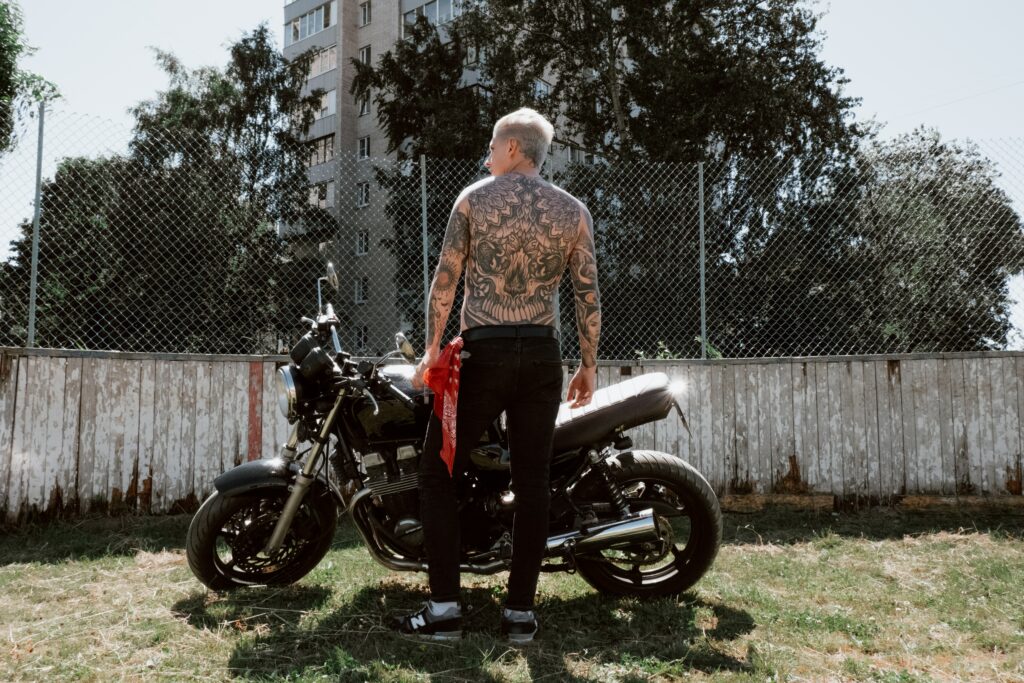
Tribal Tattoos | The Meaning Of Tribal Tattoos In A Nutshell

Tribal tattoos are a big part of our cultural history and heritage. They are even bigger part of popular culture than they have ever been.
Tattoos and tattooing are currently enjoying such immense popularity that it could be easy to perceive them as a colourful modern invention. But that’s a long way from the truth.
Like religion, art and music, tattooing sprung up in unconnected parts of the world and developed over time, picking up different degrees of cultural significance along the way.
For many tribal societies, such as those in Samoa, Maori and the Pacific Northwest, tattooing was an important ritual.
So, if you have a tattoo, you’re part of a rich cultural history that dates back at least 8,000 years.
Many pacific cultures believe that artworks charge a person with power, both spiritually and socially. The decoration of the body, by tattoo or body paint, acts as a lens for the internal spirit, reflecting and enhancing sacred power.
The images can be used to attract the focus of the ancestors so that the body becomes the channel between the human and spirit worlds. In these specific cultures, tattoos were used as a protective shell, as well as badges of social rank.
Although the styles and designs differ from one culture to another, almost all of them use large areas of solid black. There is evidence that virtually all pre-Hispanic cultures in South America used tattoos or body painting.
There were different techniques and a wide variety of styles, but they were all used for social or religious purposes, rather than purely for decoration. Many used tattoos for medical reasons, such as the Ojibwa, who tattooed the cheeks and foreheads of those suffering chronic pain.
Tribal Tattoos History Continued
Soon after the practice of tattooing brave warriors was taken a step further by depicting the battles on a warrior himself.
They are essentially accessing an ancestor that they have been disconnected from for over 500 years
During the 1519s, it was said that the more tribal tattoos you had, the braver and stronger you were considered, while people who had no tattoos were mocked and scorned.
If you did not have a tattoo, it was considered a disgrace. But to falsely wear a tattoo was even worse – a punishment that could often be fatal.
All tattoos, up until the 19th century ar needled in by hand. Getting a tattoo is either by tapping the needle in or by repeated poking of a needle.
Today tribal tattoos still play a vital role in multiple cultural and traditional aspects of body art. But through electronic machines. From spots all over the body to thick lines in patterns and shapes, the iconic symbolism found within each piece is endless.
You can place tribal tattoos anywhere over the chest, back, arms or legs. Depending on the tribe and type of tattoo one chooses to get. This all affects the meaning of the tattoo in terms of placement.
Broadly speaking, the majority of tribal tattoos, symbolize power, courage, protection, achievements, and divine blessing.
Here is a list of placement options and their relevant meanings as said by The Style Up:
Head – spirituality, wisdom, knowledge, and intuition
Chest and upper stomach – generosity, honour, and sincerity
Lower stomach and thighs – courage, procreation, sexuality, and independence
Shoulders and arms – strength and bravery
Forearms and hands – creativity and the ability to make things
Legs and feet – transformation, progress, and moving forward
- Book Sources:
Andy S, & Zaynab M. The Tattoo Sourcebook (2010)
Russ T. Tattoo Art (2012)
